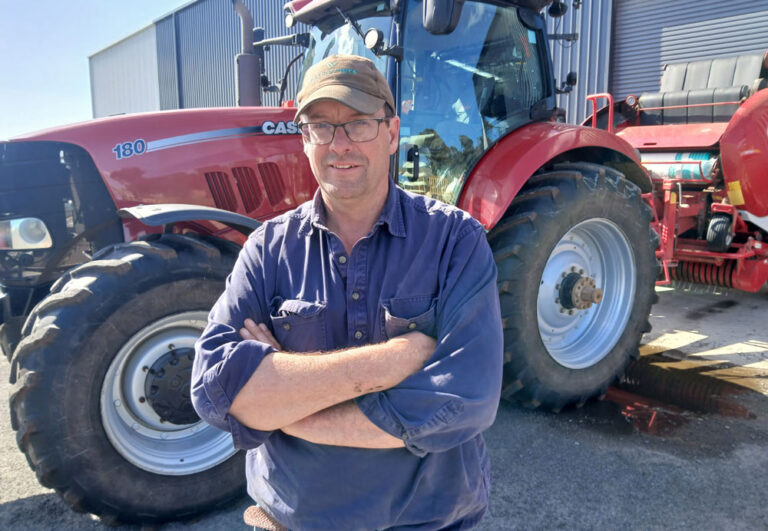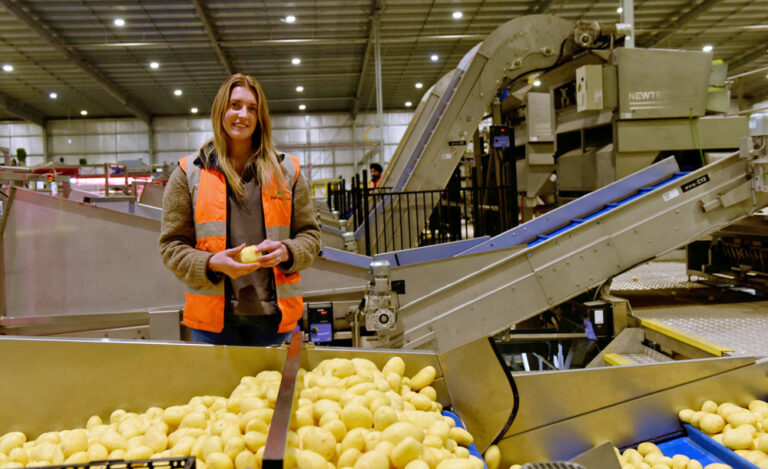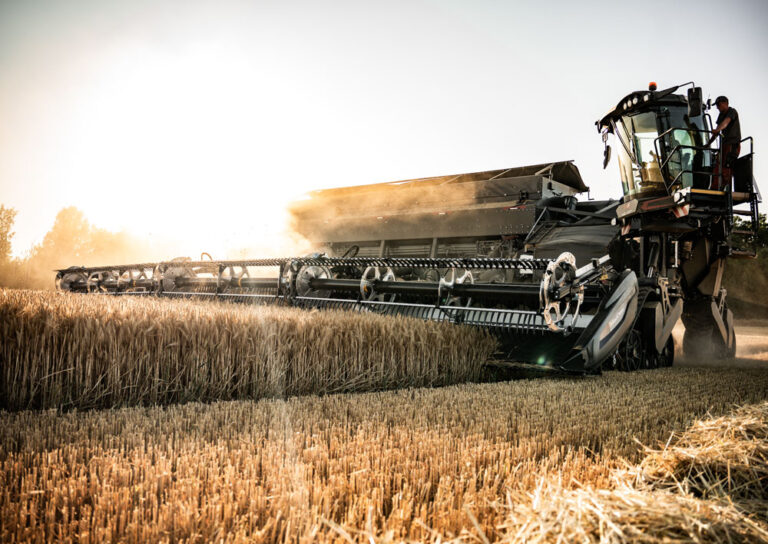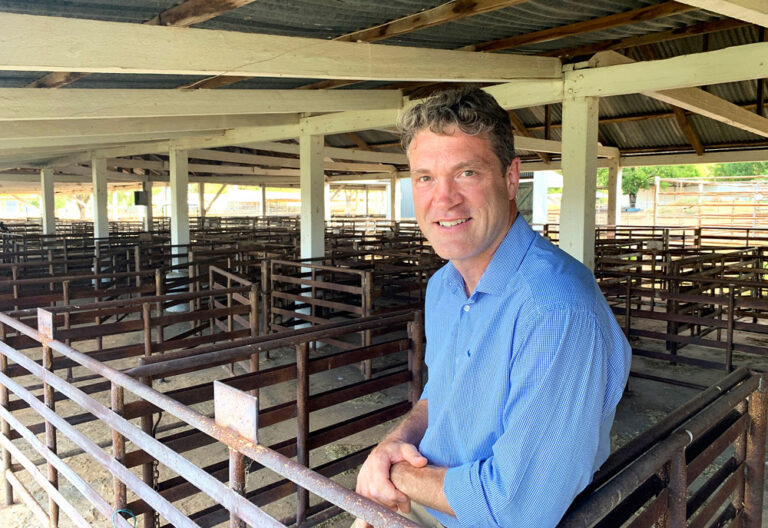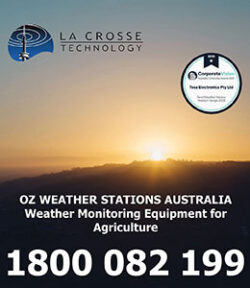Improved conditions later in the 2025-26 season have seen farmer confidence grow across all farm commodities with sheep and beef producers on top
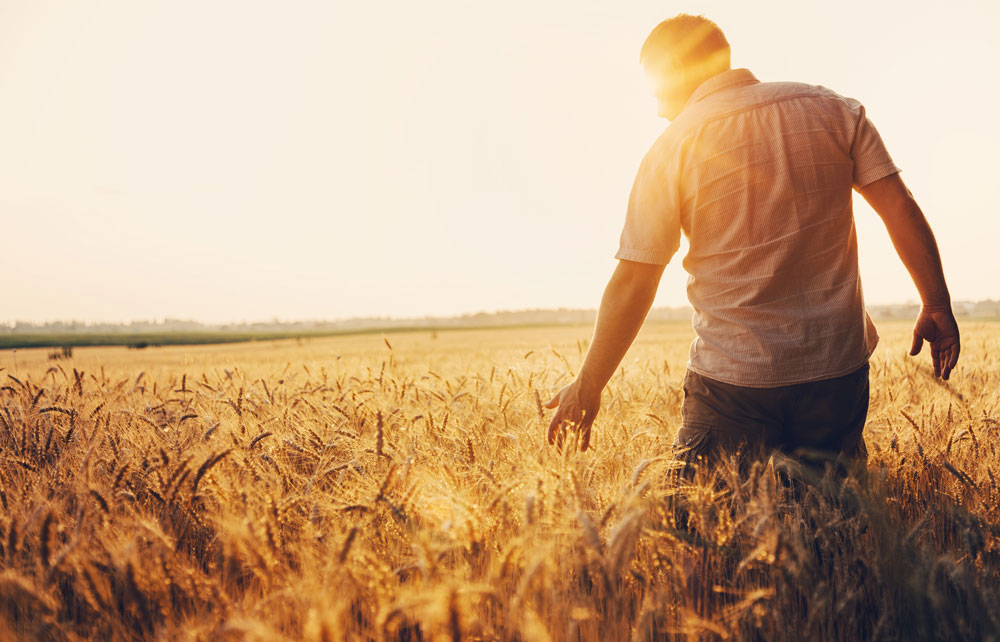
Walk down the street of a country town, and most likely the faces with the biggest smiles belong to a farmer, and for good reason, according to a just-released survey on farmer expectations.
Confidence in the farming sector has lifted, as farm operations hang their hopes on continuing strong commodity prices, particularly in livestock sectors, and better seasonal conditions in the majority of regions.
The Rabobank Rural Confidence Survey released today found net farm sector confidence rose to 14%, up from a neutral zero per cent in the previous survey, that is released every quarter.
Across the nation, confidence in the performance of the agricultural economy increased during the quarter, with just over a third of farmers (35%) predicting farm business conditions to improve over the next 12 months, up from 29% from those with that view in the previous survey.
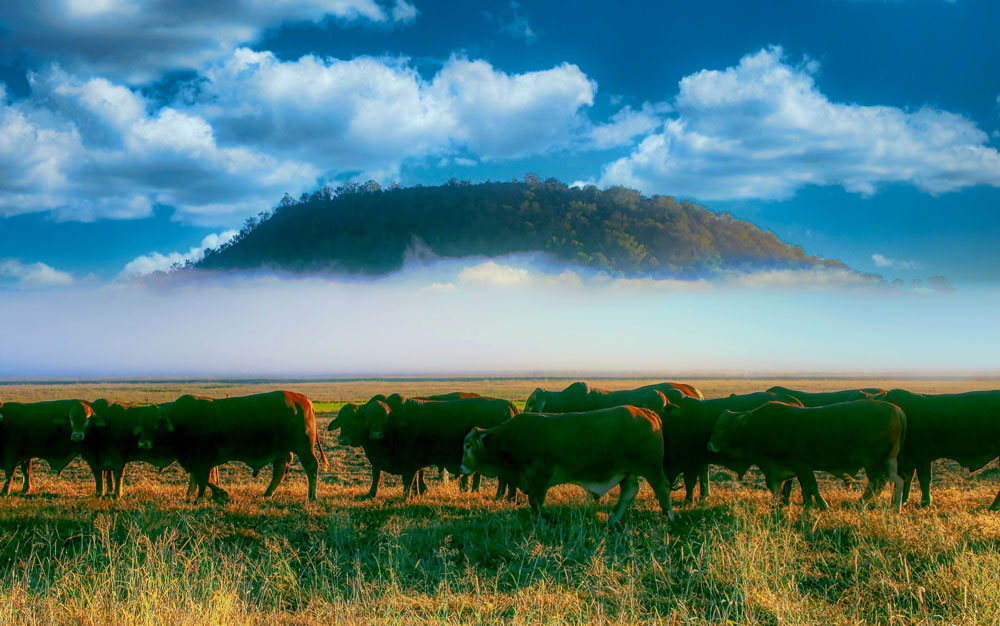
Those expecting conditions to worsen had fallen to 21%, from 29% previously. And the survey found 41% of our nation’s farmers expect conditions to remain unchanged.
The Rabobank survey found farmer confidence increased in all states, with Tasmania maintaining the highest confidence levels.
And confidence grew across all the commodities, with sheep farmers now having the highest confidence, followed by beef producers.
Sentiment was found to be lowest among cotton, grain and sugarcane growers, with more taking a negative than a positive outlook on the agricultural economy in the next 12 months.
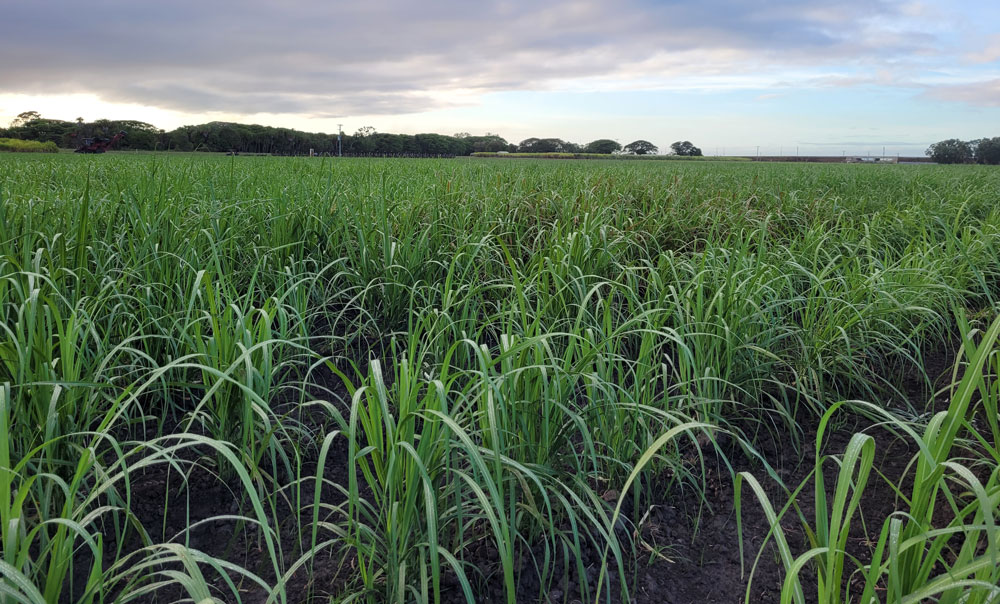
Rabobank group executive for Country Banking Australia, Marcel van Doremaele, outlined how the overall improved sentiment in the farming sector was based on generally strong commodity prices for livestock farmers, coupled with improving seasonal conditions seen in many parts of the country.
The survey found the increase in confidence was primarily driven by rising commodity prices, nominated as a positive factor by 50% of respondents, up from 47% in the last survey, and good seasonal conditions at 49%, up from 47% previously.
A further 26% of farmers expect overseas markets/economies to have a positive influence in the 12 months ahead, up from 14% previously.
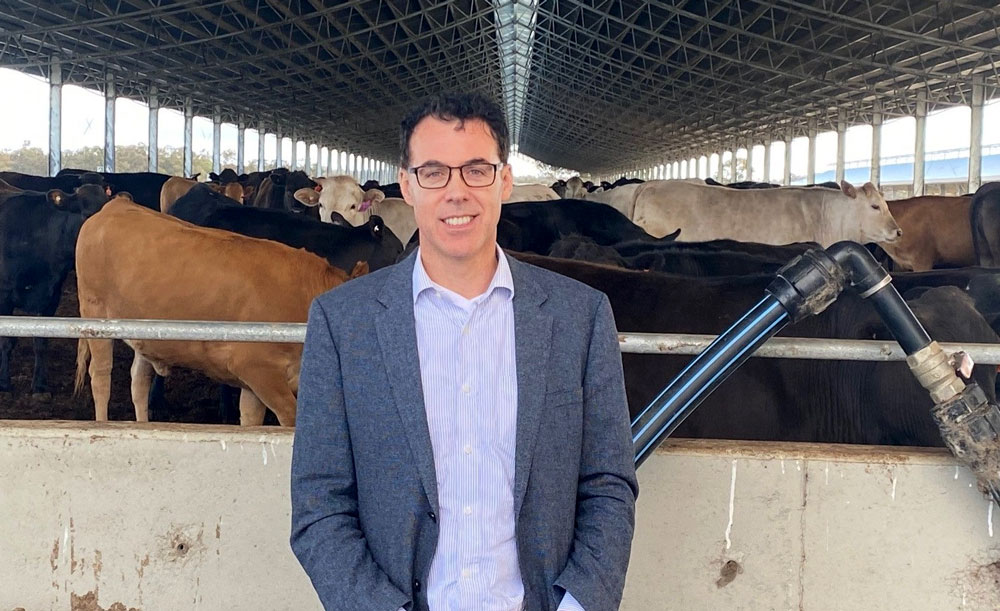
Breakdown state by state
Tasmanian farmers continue to hold the highest levels of confidence in the nation. Over the last quarter, sentiment has continued to improve, with the state’s net rural confidence index reaching 34% compared with the previous quarter where it sat at 23%.
“Improved seasonal conditions leading into spring, along with key commodity prices holding steady, have been driving confidence in Tasmania, although there is variation in the outlook based on regions and commodities,” Marcel van Doremaele remarked.
Sheep producers have led a lift in Victorian farm sentiment and are the most optimistic commodity sector in the state, with Victoria’s overall net rural confidence rising to 21%, up from seven per cent last survey.
Marcel van Doremaele pointed out the sheep sector’s positive outlook has been supported by robust sheep and lamb prices, as well as some improvement in fine wool prices, alongside expectations of improving seasonal conditions at the time the survey was taken.
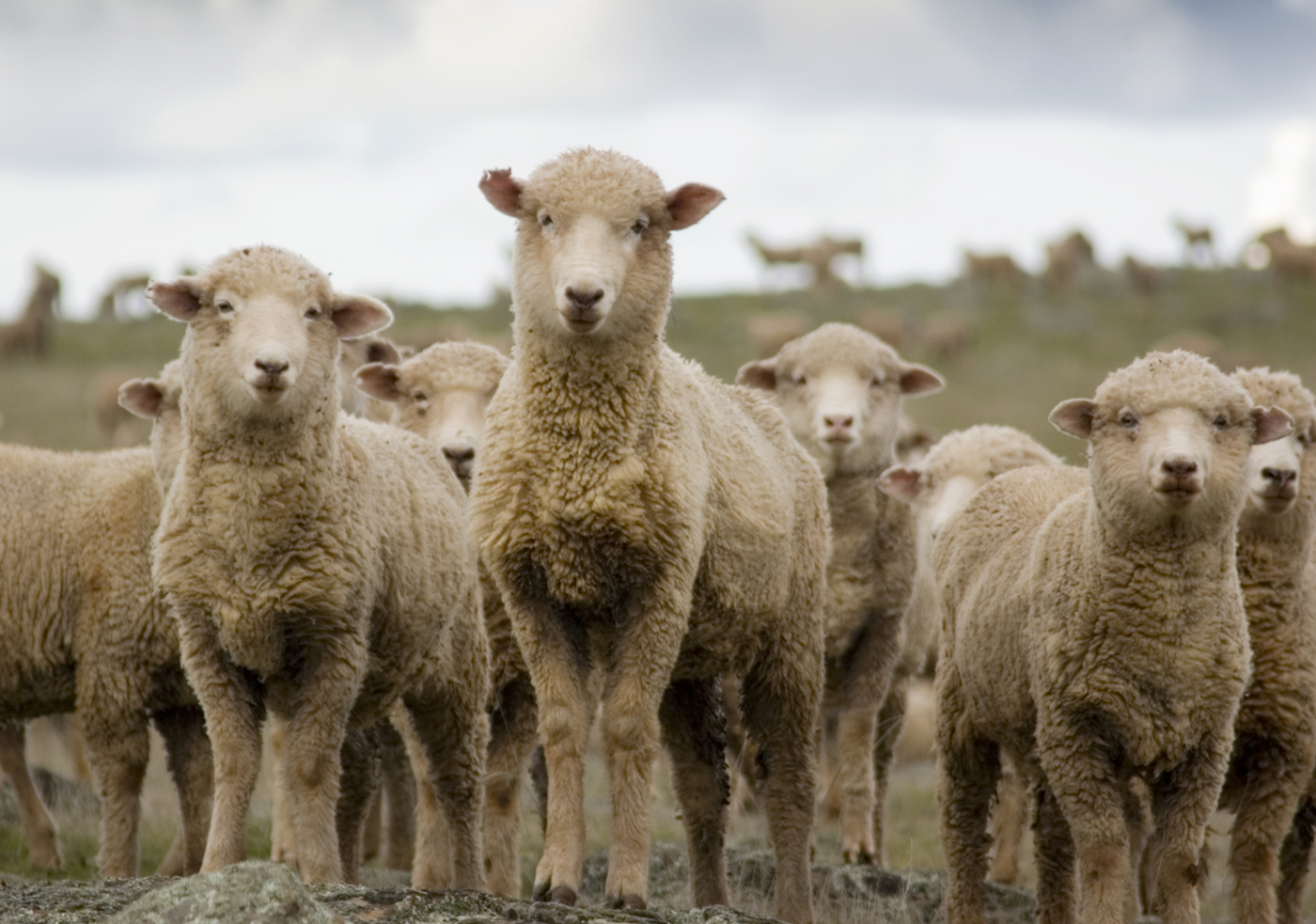
“However, many Victorian livestock producers are worried about slipping back into drought conditions,” Marcel van Doremaele added. “And Victorian grain growers are closely watching rainfall going into harvest.”
Meanwhile, in Western Australia, hopes of another above-average winter crop harvest – potentially among the largest on record – had boosted the optimism of farmers, with the state’s rural confidence tracking up in the latest survey.
The survey found net farm sector confidence in WA had climbed to a neutral reading, sitting at zero per cent, up from -6%.
Queensland beef producers are driving a lift in the state’s rural confidence, seen in the most recent quarter survey.
A combination of favourable seasonal conditions in key beef-producing regions, strong global beef markets and robust local prices was the chief reason for optimism among Queensland cattle producers.
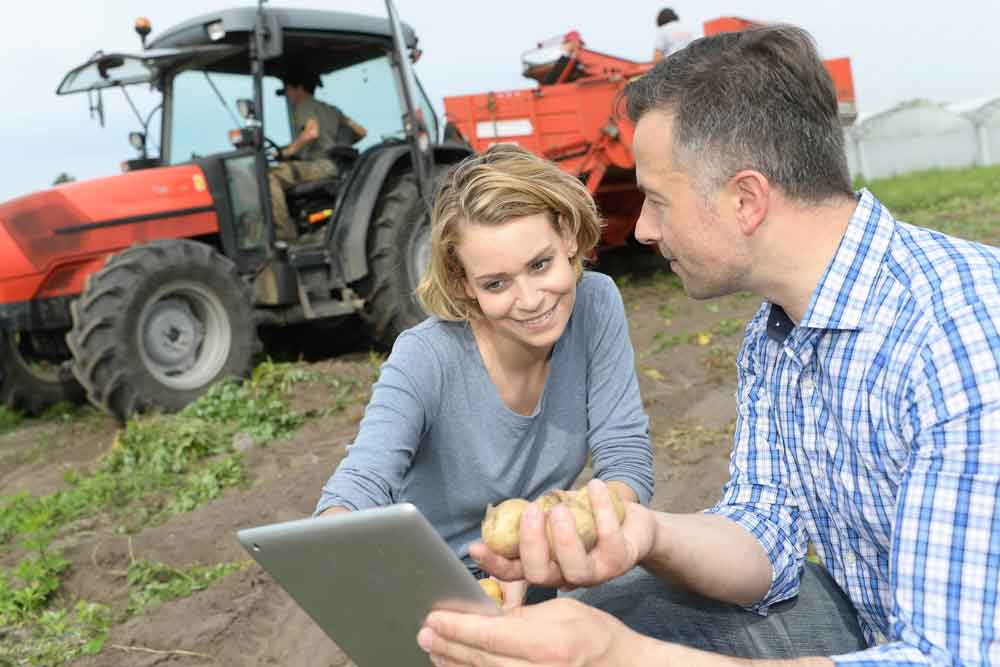
The survey found sentiment among Queensland primary producers overall had risen to net 10%, previously sitting at -2%.
Rural confidence has edged up in South Australia, however “most farmers are sitting on the fence as they take stock of seasonal conditions, the outlook and the market,” Marcel van Doremaele confirmed.
SA’s rural sentiment index shifted to a net 8%, increasing from 3% last quarter. This sees confidence turn around after dropping significantly in winter.
Marcel van Doremaele said for New South Wales, improving seasonal conditions in parts of the state – combined with solid livestock commodity prices and positive international market indicators – were the main factors shown to be behind a jump in farmer confidence in the state.
The survey found NSW farmer sentiment had jumped to a net 15%, up from -8% in the previous quarterly survey.
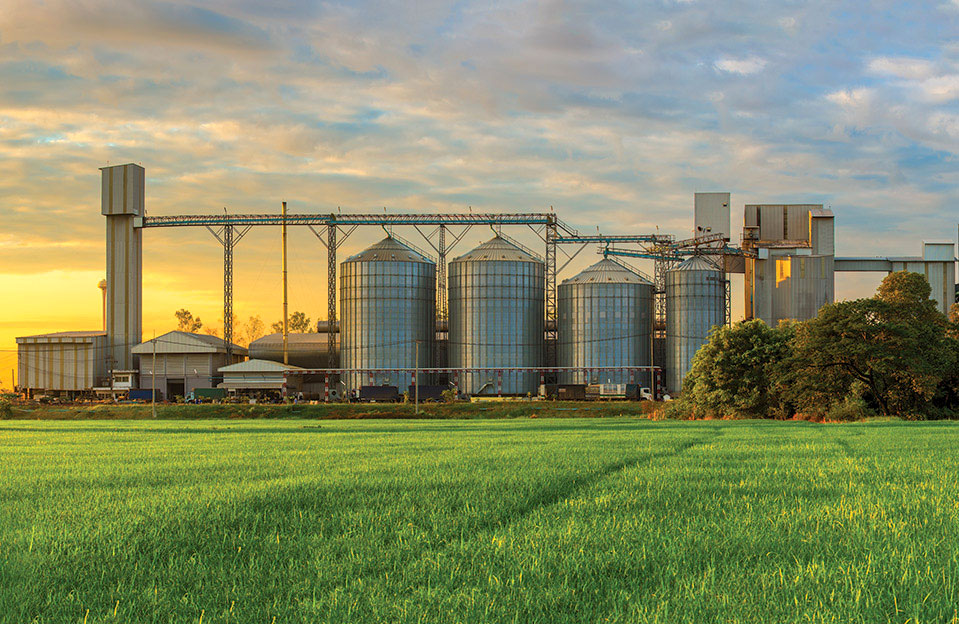
Where farmers intend to spend
In line with the overall lift in confidence among farmers, investment appetite improved again in the latest survey, continuing an upward trend seen since a low point in December 2023.
The survey found that while the number of farmers planning to increase on-farm investment in the next 12 months remained stable at 29%, those intending to wind back on-farm spending declined to 9%, from 13% previously. While a total of 61% expect to keep investment at the current rate.
Farmers continued to “prioritise enhancing the productivity and profitability of their operations by adopting innovative technologies and practices to achieve greater efficiency,” Marcel van Doremaele pointed out.
Adding to the spend is on-farm infrastructure (such as fences, yards and silos) remains the top ‘capex’ planned at 67%, up from 63% last survey.
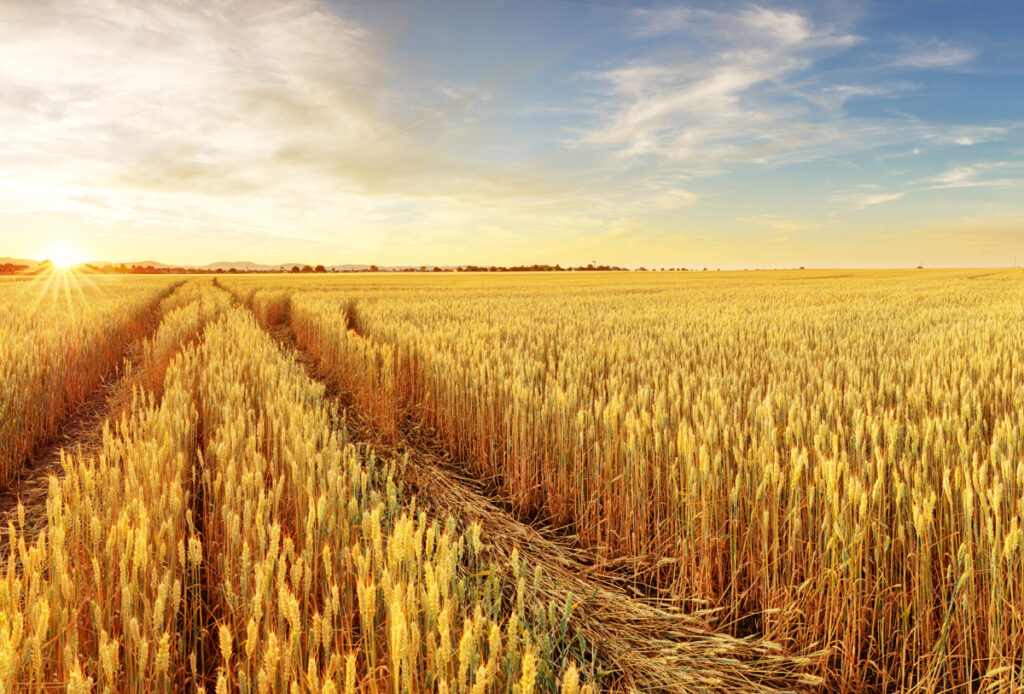
And importantly, 43% were intending to adopt new technologies, up from 37%, while a further 37% intend to invest in new plant/machinery, up from 32% previously.
Across the nation, 29% of farmers surveyed are looking to increase their livestock numbers, up from 23%, while 22% intend to invest in irrigation/water infrastructure and in education, Up from 20% and 24% respectively.
There has been a slight increase in the number of farmers planning to purchase property in the year ahead, to 15% from 13% in the previous survey. With intentions highest in Western Australia at 19%, up from 13%.
Reflecting the growth in confidence among those in the farm sector, there has been an improvement in income expectations.
The survey found there was a high confidence level, with 41% of farmers now expecting their gross farm income to increase over the next 12 months, from 33% previously, with a decreased number anticipating a weaker financial result now at 16%, down from 24%.


